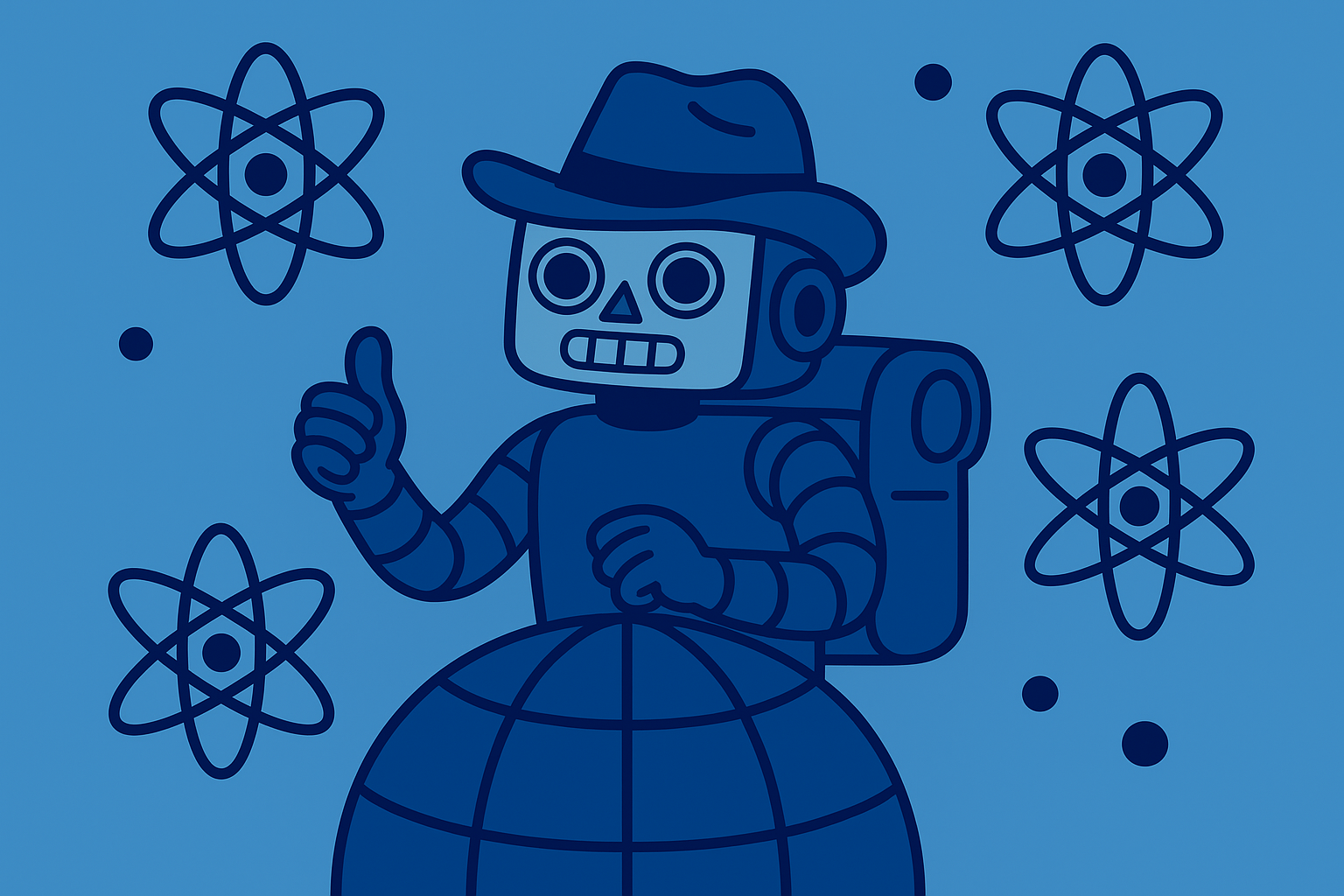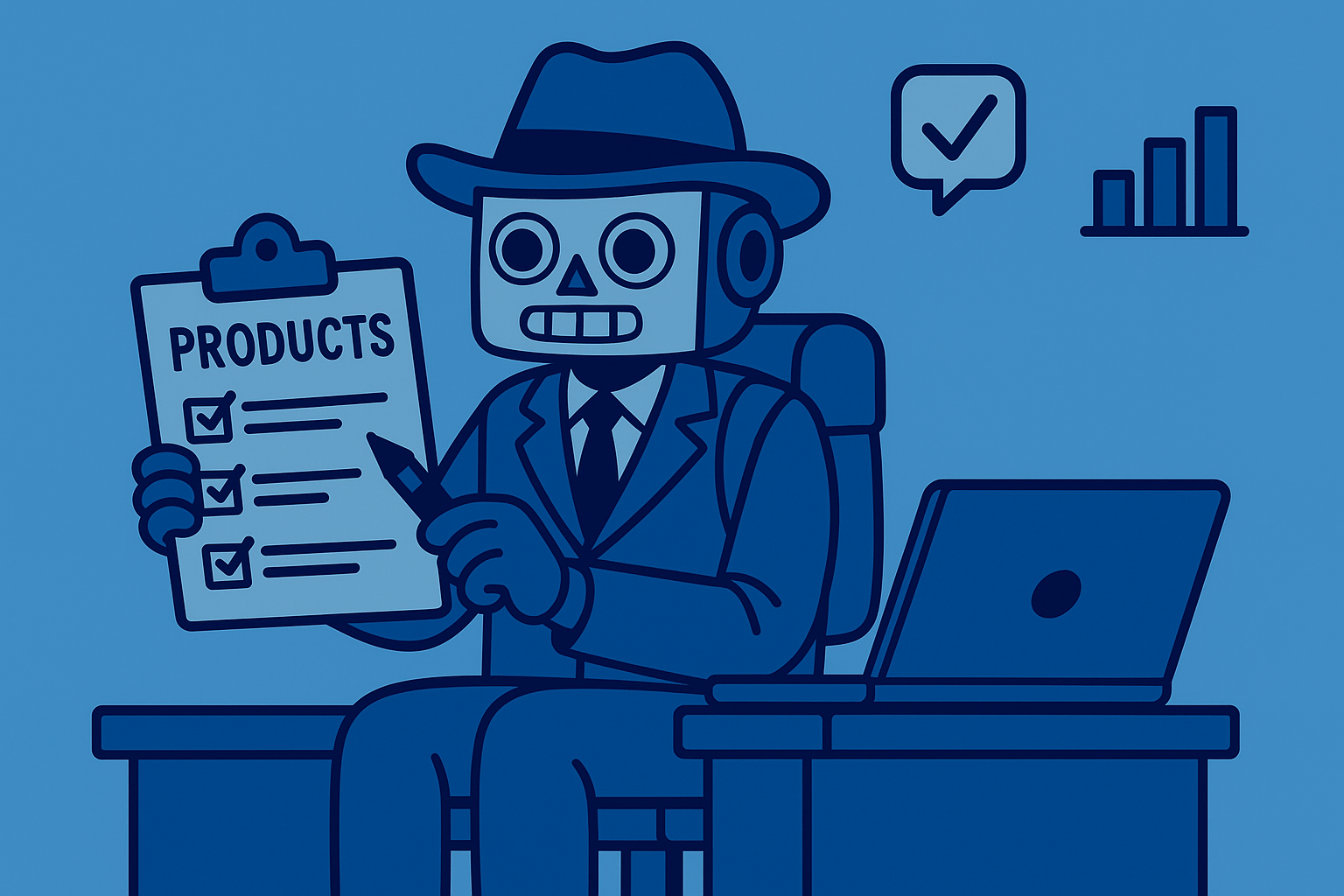Using AI as a Content Writer: How Not to Get Left Behind

There are two schools of thought emerging in the AI space right now. The first is pessimistic: "AI is coming, it's going to be our new God, everything's going to be gone, we're not going to be able to work anymore."
The second view—the one I believe in—is that there's a core part of human innovation and creativity that we're never going to be able to replace. Even if I gave you the greatest AI we'll have in 10 years, the hard part will still be figuring out what to do with it. Defining the problem is always going to be the human element.
This is where you have a choice to make. Either "robots will replace us" or "writers who master AI will publish more-and-better content, faster." This post offers a practical roadmap for choosing the second narrative.
The Mindset Shift: From "Author" to "Director"
The key to thriving in this new world is shifting how you think about your role. You're no longer just an author—you're a director of AI tools.
Think of your prompt as a creative brief—you still decide the angle, tone, and constraints. The AI model is essentially your junior drafter: fast, tireless, but sometimes clueless. Your edge comes from your domain expertise, taste, and the final yes/no decision-making power.
The best prompt engineers aren't necessarily machine learning experts or coders. They're the people who actually know the subject matter the application is in. In mental health, it's a therapist. In legal, it's a lawyer. In content writing, it's a creative person who understands communication.
When working with AI, you want to talk to it like a middle school student who's way too smart for their own good. If you don't tell them exactly what to do, they'll be too smart and go wild with it. Sometimes they'll be correct, sometimes they'll be way off, but if you give clear direction, they can accomplish remarkable things.
Core Skills to Cultivate
To succeed as an AI-powered content creator, focus on developing these skills:
1. Problem Framing
Translate fuzzy goals (like "write a catchy teaser") into precise instructions. The more specific you are, the better the results. For example, instead of asking for good copy, specify write a catchy 2-line summary of this bakery item, make it rhyme, and start each line with a vowel.
2. Rapid Iteration
Treat AI drafts like software engineers do: tweak → run → review → version. The process of prompt engineering is constantly trying things, checking results, and adjusting. Sometimes you don't know what the AI is doing behind the scenes, so you need to test and refine.
3. Evaluation Loops
Define what "good" means in terms of tone, facts, and format, then test against it. Be critical about what works and what doesn't. When something doesn't look right, be willing to change your prompt entirely or switch to a different model.
4. Collaboration with Subject Matter Experts

The winning strategy is often a hybrid approach—not 100% AI and not 100% human, but something like 80% AI and 20% human. This might mean generating a first draft with AI and then having humans review it. The best solutions bring in therapists, lawyers, cooks—whoever owns the knowledge—to guide and refine the AI's work.
Practical Project Ideas
Here are some real-world applications of AI for content creation, to give you some ideas...
AI Outline Builder
Feed research notes into an AI and get a structured blog outline in seconds. This helps kill the blank-page moment that plagues many writers. The key skill here is prompt framing and hierarchy control.
Auto-Localizer
Generate on-brand translations of product copy in multiple languages. This can help you enter new markets without additional headcount. For example, one language learning app uses AI to create curriculum for teaching Dutch, which would be difficult to staff across 20 different markets. The key skill here is tone preservation and multilingual prompting.
Style-Guide Checker
Create an AI that flags deviations from your style rules before publishing. This ensures a consistent voice at scale. I've seen newsrooms using this to help writers check if their content adheres to established guidelines. The key skill here is developing evaluation loops and rule-based prompting.
Support-Bot Script Writer
Have writers draft conversation flows, then let SMEs (therapists, customer service leads) review them. This creates faster, more accurate conversational content. For example, we've seen a mental health app where the actual experience of talking to the AI therapist is designed by real therapists. The key skill here is human-machine co-drafting.
The Exponential Upside
Yesterday's writer relied on fingers; tomorrow's writer directs fleets of AI "interns." Those who lean in can 10× to 1000× their output—without losing the human spark.
The tools will keep evolving; your curiosity and creativity are the real moat. There's a world opening up where non-technical people—content creators, marketers, customer service teams—can build powerful AI applications without knowing how to code. This democratization of AI development is creating an entirely new career path ("prompt engineering").
Anything is possible—if you stay in the director's chair.
This is the future we're building at PromptLayer. Reach out and say hi.
🍰 Try it out for free at https://promptlayer.com/ 🍰



